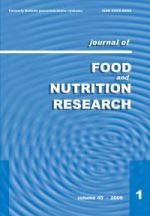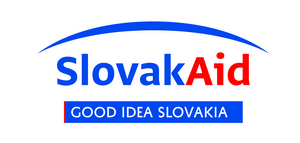Scientific journal
Journal of Food and Nutrition Research
Summary No. 4 / 2022
Sesikashvili, O. – Zverev, S. – Gamkrelidze, E. – Mardaleishvili, N. –
Improvement in the nutritional value of legumes through inactivation of alkaloids
Journal of Food and Nutrition Research, 61, 2022, No. 4, s. 323-329
Otari Sesikashvili, Department of Mechanical Engineering, Faculty of Engineering – Technical, Akaki Tsereteli State University, Tamar – Mepe Street 59, 4600 Kutaisi, Georgia. E-mail: otar.sesikashvili@atsu.edu.ge
Received 15 February 2022; 1st revised 11 July 2022; 2nd revised 15 August 2022; accepted
Summary: The study dealt with the current problem of increasing the nutritional value of some legumes through inactivation of undesirable substances, namely alkaloids, in food after the high-temperature micronization with infrared rays. Empirical relationships between the degree of alkaloids inactivation and the heat treatment time and temperature were obtained. It was established that the degree of alkaloids inactivation depends on the initial moisture content of the grain and the final heat treatment temperature. A mathematical model of inactivation of alkaloids was proposed, which was based on first-order equations of chemical kinetics with a reaction rate constant. The model was modified for conditions of the heat treatment with variable temperature. The model and the results of the experiments were processed by a mathematical package MathCad (Mathsoft, Cambridge, Massachusetts, USA). The average humidity of legumes on the market was 9–11 %. Under such humidity conditions, optimal inactivation of alkaloids began at temperatures of 75–100 °C and the average heat treatment time was 100 s. The optimal distance of the infrared panel was 75 mm and the maximum temperature was 110 °C. The further increase in temperature led to carbonization of the surface layer of the grain.
Keywords: bean; cereal; undesirable substance; mathematical model; alkaloid inactivation
Download:
(pdf, 580.46 Kb, 293x)









